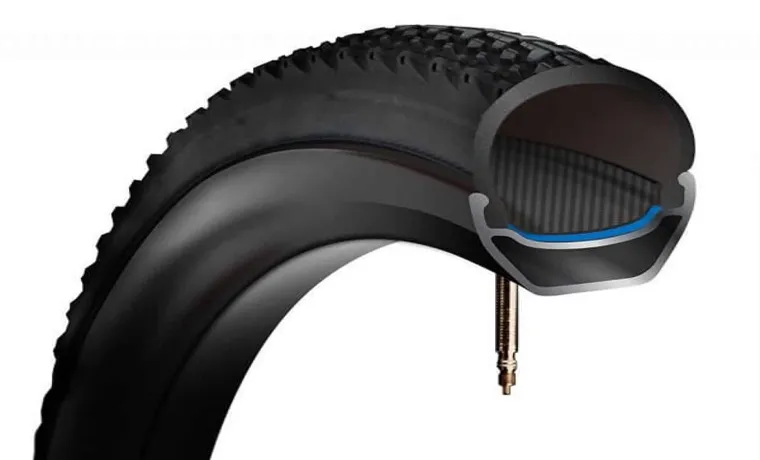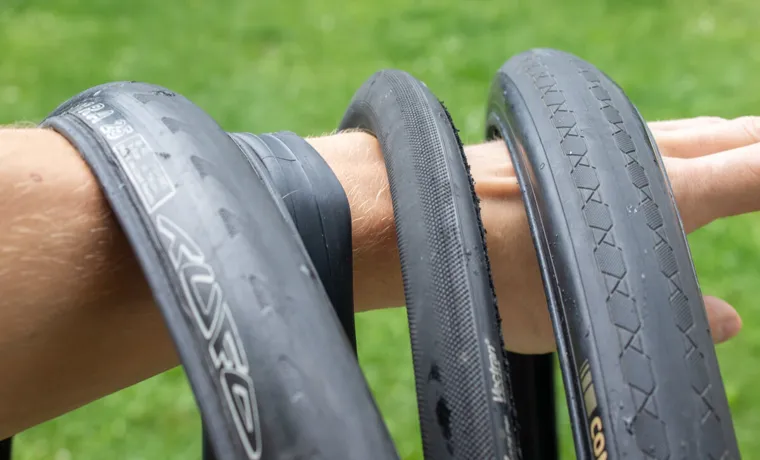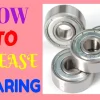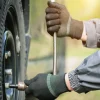As a bike enthusiast, you might have come across the term “clincher bike tire.” But what exactly is it, and how does it differ from other types of bike tires? A clincher tire is a common type of tire that is used on road bikes, triathlon bikes, and cyclocross bikes. It consists of an outer tire and an inner tube, which holds the air pressure and provides cushioning from bumps on the road.
The main advantage of a clincher tire over a tubular tire is that it is easy to repair and replace. In this blog post, we will dive deep into the world of clincher tires, exploring their features, benefits, and drawbacks.
Definition
A clincher bike tire is a type of tire that is commonly used in road cycling. It is made up of a rubber outer layer that is wrapped around a bead, which is then pressed onto the metal rim of the wheel. The clincher design is so called because of the way the tire “clenches” onto the rim.
Clincher tires are popular because they are relatively easy to install and remove, and because they can be used with a wider variety of wheel types. They also tend to be more affordable than other types of tires, making them a popular choice among amateur cyclists. However, they do have some drawbacks, including a higher risk of pinch flats and less control in wet conditions.
Despite these limitations, clincher tires remain a popular choice for many cyclists because of their versatility and durability.

Advantages
A clincher bike tire is the standard type of tire used on most bicycles. The term “clincher” refers to the way the tire is attached to the rim using a combination of bead wire and inner tube. One of the biggest advantages of clincher tires is their ease of maintenance and replacement.
Changing a flat tire is a simple process that can be done with a basic tool kit, a new inner tube, and a spare tire. Unlike other types of bike tires, clinchers are widely available and come in a variety of sizes, shapes, and materials. They are also relatively inexpensive compared to other tire types, making them accessible to both professional and recreational cyclists alike.
Overall, clincher bike tires are a reliable and durable choice for anyone looking to enjoy a smooth and steady ride on their bicycle.
Disadvantages
A clincher bike tire is a popular choice for many cyclists because of its versatility and ease of use. However, there are some disadvantages to consider when choosing this type of tire. One of the main drawbacks is that the tube is more prone to punctures since it is exposed to the road.
Riders must frequently replace tubes or patch them up on the go, which can be frustrating during a ride. Additionally, the rim can suffer from wear and tear since the tire relies on pressure to grip the rim. This can cause the tire to slip or even blow out in extreme situations.
Lastly, clincher tires require higher air pressure than other types of tires, which can result in a rougher ride and less comfort. Despite these downsides, clincher tires remain a popular choice for their affordability and ease of use.
Maintenance
If you’re new to cycling, or just curious about the different types of bike tires available, you might be wondering what a clincher bike tire is. A clincher tire is one of the most commonly used types of tires for road and hybrid bikes, and is typically made up of a rubber outer layer, an inner tube, and a bead that hooks onto the rim of the bike. One of the main benefits of clincher tires is that they are relatively easy to maintain and repair, as the inner tube can be easily replaced if punctured or damaged.
However, it’s important to keep in mind that proper inflation and regular inspection are key to avoiding unexpected flats or blowouts. When shopping for clincher tires, be sure to consider factors like durability, traction, and rolling resistance to find the best option for your cycling needs.
Conclusion
In the world of cycling, a clincher bike tire is the ultimate wingman. It might not be the flashiest accessory on your ride, but it’s the dependable friend who’s always got your back. With its unique design that uses a combination of beads, an inner tube, and a tire casing, the clincher bike tire is a rock-solid choice for riders who demand the perfect balance of performance and reliability.
So whether you’re cruising along your favorite scenic route or pushing yourself to the limit in a race, you can trust that your clincher bike tire will never let you down. After all, who needs flashy gimmicks when you’ve got a loyal partner in cycling crime like the clincher tire?”
FAQs
What is a clincher bike tire?
A clincher bike tire is a type of tire that features a separate inner tube that is responsible for holding the air pressure, while the outer tire and bead help keep the tube in place.
How do you install a clincher bike tire?
Start by removing the old tire and tube, then insert the new tube into the tire before fitting the tire back onto the rim. Make sure the tire is seated correctly and inflate to the recommended pressure.
What are the advantages of using clincher bike tires?
Clincher bike tires are easy to replace and repair, often less expensive than other tire types, and can provide a comfortable and smooth ride.
Are clincher bike tires compatible with all bike rims?
Clincher bike tires are designed to fit onto a specific rim size range, so make sure to choose the correct tire size for your rim.
How do you determine the correct tire size for your bike?
Look for the tire size indicated on the sidewall of your current tire, or consult your bike’s manual for the recommended tire size.
Can you convert a bike with a different tire type to use clincher tires?
It is generally possible to switch tire types, but it may require changing the rim as well. Consult a bike mechanic for advice on your specific bike.
How often should you replace your clincher bike tires?
It is recommended to replace clincher bike tires every 2,000-3,000 miles or when the tread is worn down to the wear indicators.



